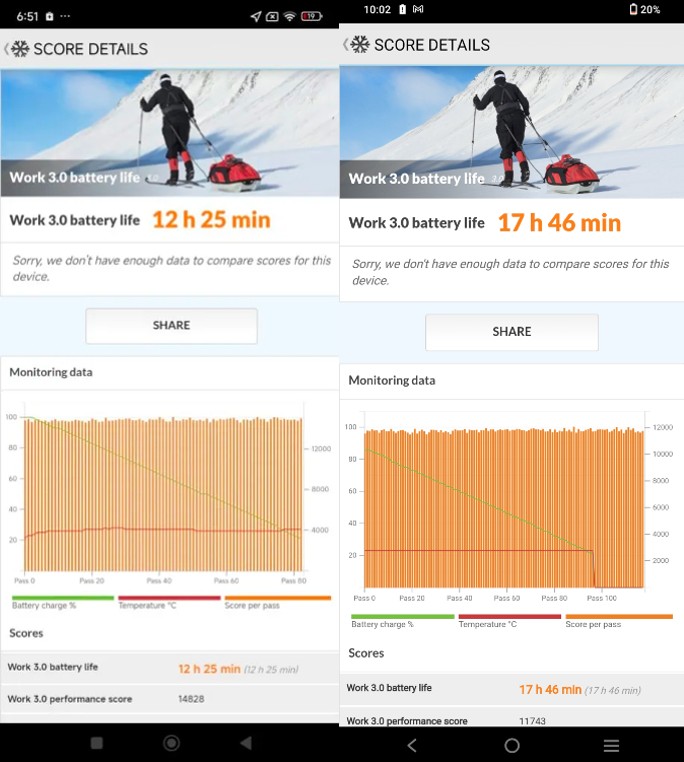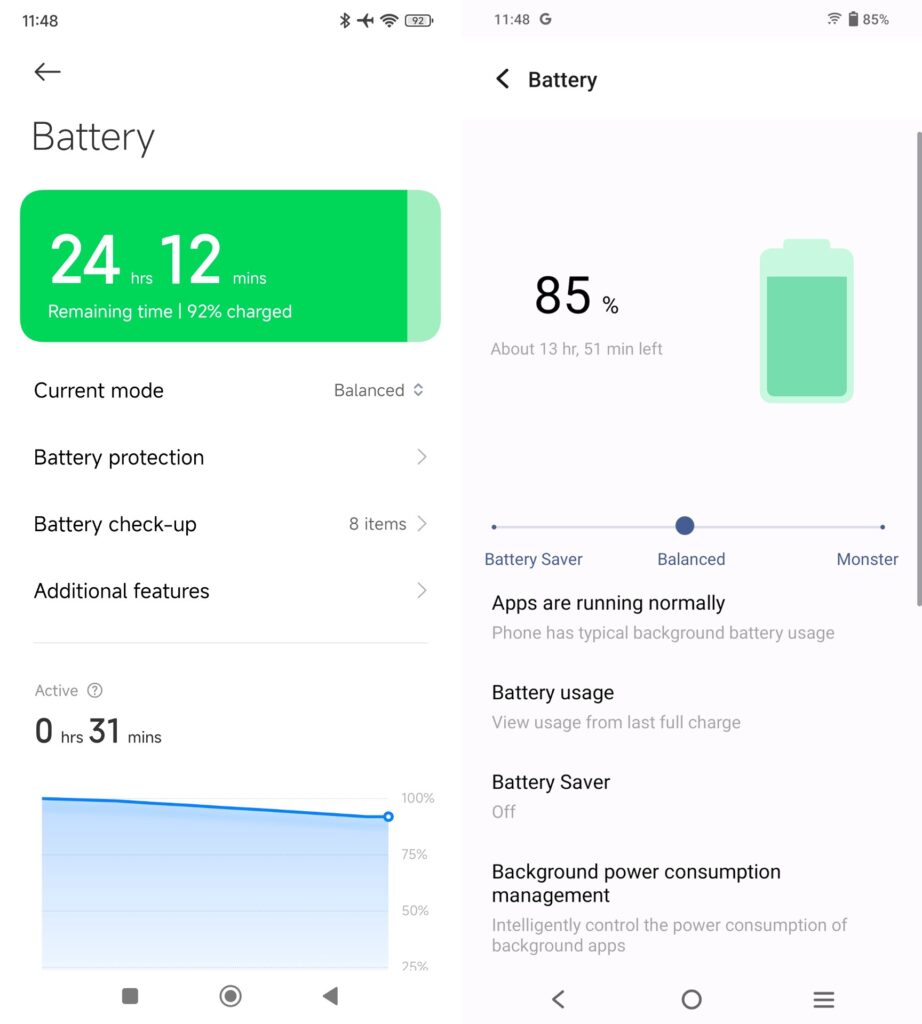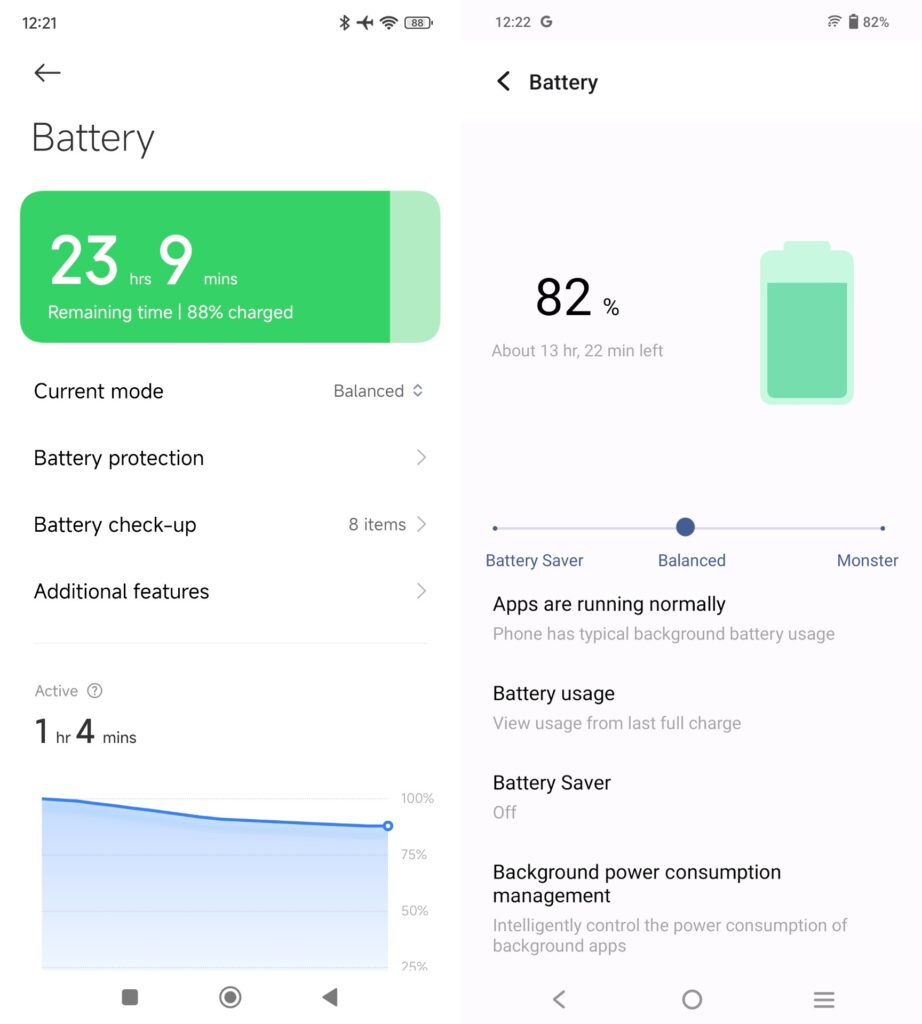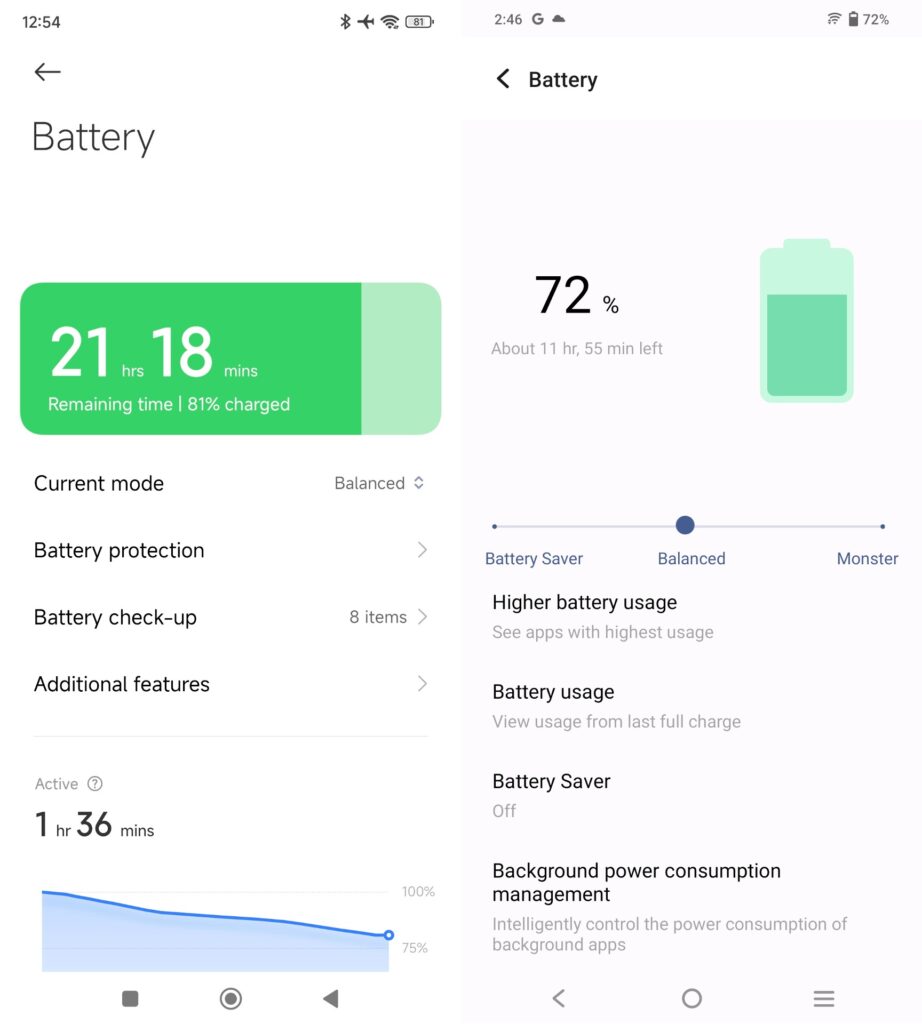
A good battery life on any smartphone is a must, but it plays an even more important role for a gaming device. Nobody wants their smartphone to give up on them during an intense gaming session. On that note, we decided to compare the battery life of two gaming smartphones: the recently launched POCO X6 Pro (review) and the enduring iQOO Neo 7 (review). The former was announced with a price tag of Rs 26,999, while the iQOO Neo 7 is still among the best gaming phones available under Rs 30,000.
For this iQOO Neo 7 vs POCO X6 Pro battery comparison, we put the phones through PC Mark, video streaming, 4K video recording, and gaming. As a cherry on top, we also tested their charging speeds. Read on to find out the winner.
Table of Contents
PCMark

| Device | PC Mark |
| POCO X6 Pro | 12 hours 25 minutes |
| iQOO Neo 7 | 17 hours 46 minutes |
Winner: iQOO Neo 7
4K video recording

We started the test with 30 minutes of 4K video recording at 30fps on both devices after charging them up to 100 percent. The POCO X6 Pro demonstrated impressive efficiency, consuming a mere 8 percent of the battery. In contrast, the iQOO Neo 7 exhibited a considerably higher consumption, depleting 15 percent of the battery during the same test period.
| Device | 4K video battery drain % |
| POCO X6 Pro | 8 percent |
| iQOO Neo 7 | 15 percent |
Winner: POCO X6 Pro
Video streaming

The 4K video recording was followed by half an hour of video streaming on YouTube. We ran the identical video on both devices with the same resolution and volume level. The test drained a total of 4 percent battery life on POCO X6 Pro. The iQOO Neo 7, in contrast, performed marginally better consuming just 3 percent of its battery life.
| Device | Video streaming battery drain % |
| POCO X6 Pro | 4 percent |
| iQOO Neo 7 | 3 percent |
Winner: iQOO Neo 7
Gaming

Now, turning to gaming, we tested BGMI on both devices with HDR graphics and Ultra frame rate settings. Following a session lasting approximately half an hour, the POCO X6 Pro smartphone experienced a 7 percent drop in battery life. In contrast, the iQOO Neo 7’s battery dropped by 10 percent.
| Device | Gaming battery drain % |
| POCO X6 Pro | 7 percent |
| iQOO Neo 7 | 10 percent |
Winner: POCO X6 Pro
Charging speeds
The POCO X6 Pro smartphone appears to have better battery management than its counterpart, the iQOO Neo 7. However, what about their charging speeds? While both phones feature a 5,000mAh battery, they differ in their fast charging technologies. The iQOO Neo 7 supports a 120W charging solution, which takes just half an hour to achieve a full charge from 0 to 100 percent. On the contrary, the POCO X6 Pro supports 67W fast charging, taking roughly 47 minutes for a full charge.
| Device | Charging time (0-100%) |
| POCO X6 Pro (67W) | 47 minutes |
| iQOO Neo 7 (120W) | 30 minutes |
Winner: iQOO Neo 7
Verdict
The POCO X6 Pro seems to deliver better real-world performance in the 4K video recording and gaming departments. That said, the iQOO Neo 7 demonstrates better battery efficiency when it comes to video streaming and the PC Mark test. Also, not to forget, the charging speeds are in favour of the iQOO smartphone by some margin.
That being said, the POCO X6 Pro battery life dropped by just 19 percent after the three tests, namely 4K video recording, video streaming, and gaming. In comparison, the iQOO Neo 7 consumed a total of 28 percent battery during these tests. This positions the POCO X6 Pro as a more favourable choice, particularly if you can accommodate slightly slower charging speeds than its counterpart.












